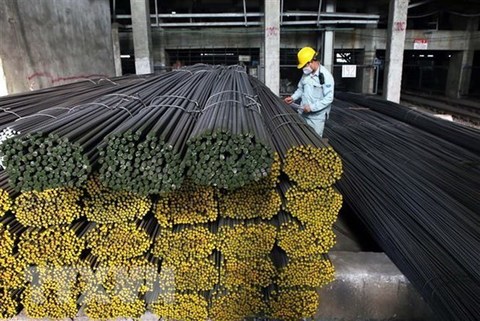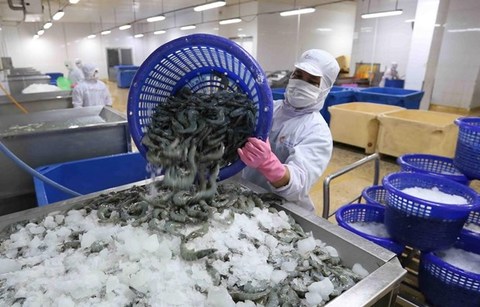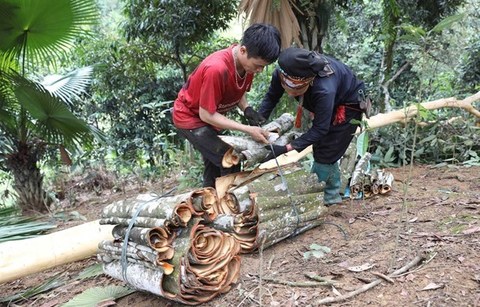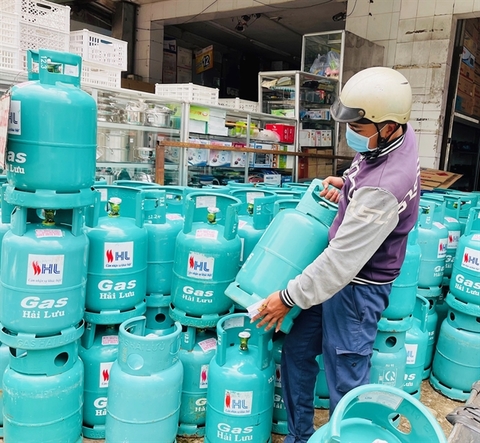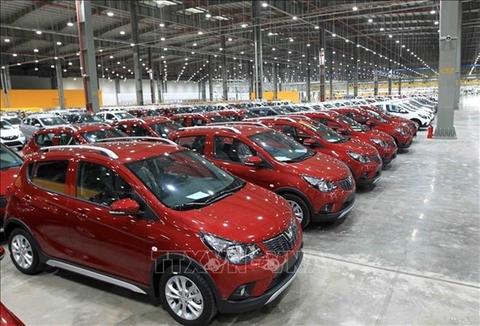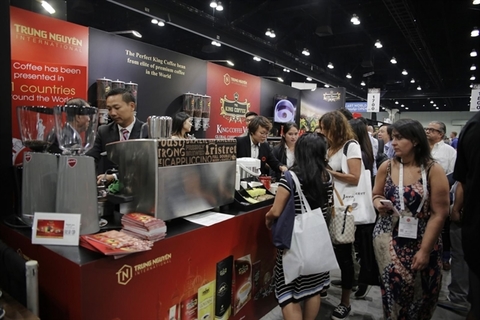Bottlenecks could put paid to pepper
Bottlenecks could put paid to pepper
Pepper prices have been skyrocketing to the highest level since 2018 – but with a lack of supply, many pepper growers have put little trust in the black seeds and even reduced plantations to be less dependent on the fluctuating market.
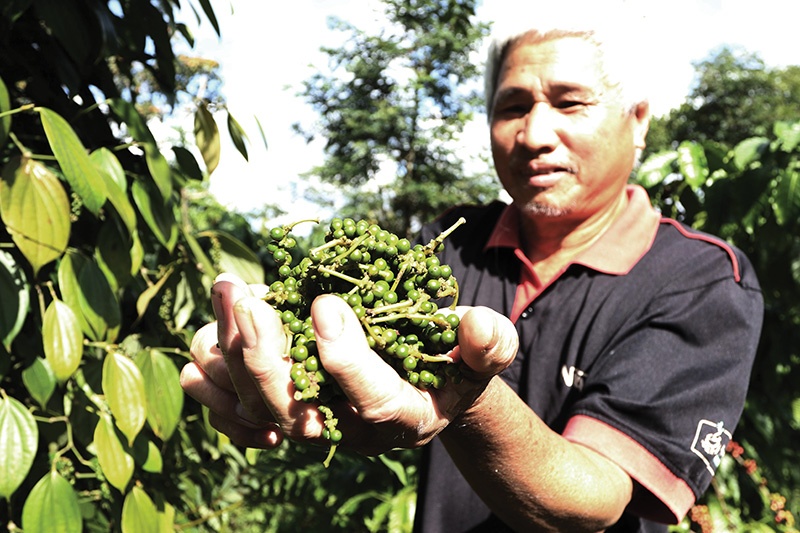
Since the export price of pepper has increased, Hoang Phuoc Binh, general secretary of the Chu Se Pepper Association in the Central Highlands province of Gia Lai found, “many farmers cannot sell at these high prices because the previous season’s pepper is already almost sold out.” Pepper farmers will soon harvest the next crop, but their output remains low as most of the pepper is still green and harvests proceed slowly due to a lack of labour. “We hope these good prices will last until the crop is harvested,” Binh said.
Economic recovery and scarce supply are pushing pepper prices up in the global markets. On October 29 in Brazil, the export price of black pepper increased by $200 per tonne to $4,200 from September 30. Meanwhile, Vietnamese black pepper exported from Ho Chi Minh City’s ports also increased to $4,500 per tonne. Nguyen Nam Hai, chairman of the Vietnam Pepper Association (VPA), is concerned whether Vietnam’s production is the main reason for the sharp increase in prices. The World Pepper Association has warned about pepper output which declined globally due to an 8 per cent drop in Vietnam’s output, though Brazil’s output remained steady, and Indonesia’s output even increased by 3 per cent.
Vietnam is the world’s largest supplier of pepper, overtaking India and accounting for 60 per cent of global exports. Last year, Vietnam’s output was expected to reach about 350,000 tonnes of pepper, of which about 90,000 tonnes were transferred from the inventory of 2019.
All forecasts pointed to a new price recovery cycle, with high global demand and a supply shortage at the end of the year. However, many farmers in Gia Lai, the pepper-growing capital of Vietnam, do not want to spend more money on this crop. Vo Hoai Nhon, farmer from in Gia Lai province’s Chu Puh district, said that expanding the pepper plantations would be “a mistake”. In 2015, when pepper had a price of about $12.15 per kg, Nhon expanded the plantation. However, the good prices did not last long, and instead reversed sharply at the end of 2019, dragging down to $1.4 per kg.
Back then, Nhon did not anticipate that the investment would not be sustainable and decided to sell some of his land as he did not want to work as a hired labourer in Ho Chi Minh City or the neighbouring province of Vung Tau like many other farmers in Gia Lai.
According to Gia Lai Department of Agriculture and Rural Development, the pepper growing area in Gia Lai amounts to nearly 16,300 hectares, while the plan for 2020 only listed 6,000 hectares.
In mid-2019, the State Bank of Vietnam gave pepper growers a way out to freeze debts for Gia Lai. At that time, banks restructured their debts and adjusted interest rates down to give out new loans and restore production.
Now, the conversion of a part of the old pepper-growing area to other crops has helped many farmers to become less dependent on pepper. Nhon still keeps a few quintals in stock that have not been sold yet as he believed, “pepper prices will continue to increase, helping to partially cover the rising costs of fuel, fertiliser, and labour.”
As the price increases, those farmers who still have pepper will eventually stop selling, which may affect the plan of export companies like Simexco Co., Ltd. As of October 31, the General Department of Customs stated that Vietnam only exported around 232,000 tonnes of pepper of all kinds, a decrease of 3.2 per cent compared to the same period in 2020.
Le Duc Huy, director of Simexco, confirmed the area for pepper cultivation has decreased by 20 per cent to around 130,000ha, resulting in a corresponding decrease in output. “I am now worried that the export volume will further decrease a lot due to very little stockpiles, and I’m not sure whether the prices will continue to increase.”
Dr. Tran Cong Thang, director of the Institute of Policy and Strategy for Agriculture and Rural Development, said that Vietnam has about 100,000ha of pepper plantations with an average yield of about 24.7 quintals per hectare, equivalent to an output of about 247,000 tonnes.
“The supply of pepper is continuing to be replenished as Vietnam is in the midst of a new harvest,” Thang noted. “However, though pepper prices have increased, they remain generally at a very low level, while production costs tend to increase.”
Pepper production costs in Vietnam in 2018 increased by at least 10 per cent compared to 2017, while the selling price of pepper decreased by over 30 per cent in that year, causing great difficulties for pepper growers. As a result, many importers have shifted their pepper supply structure to Indonesia, Malaysia, Sri Lanka, and Cambodia.




